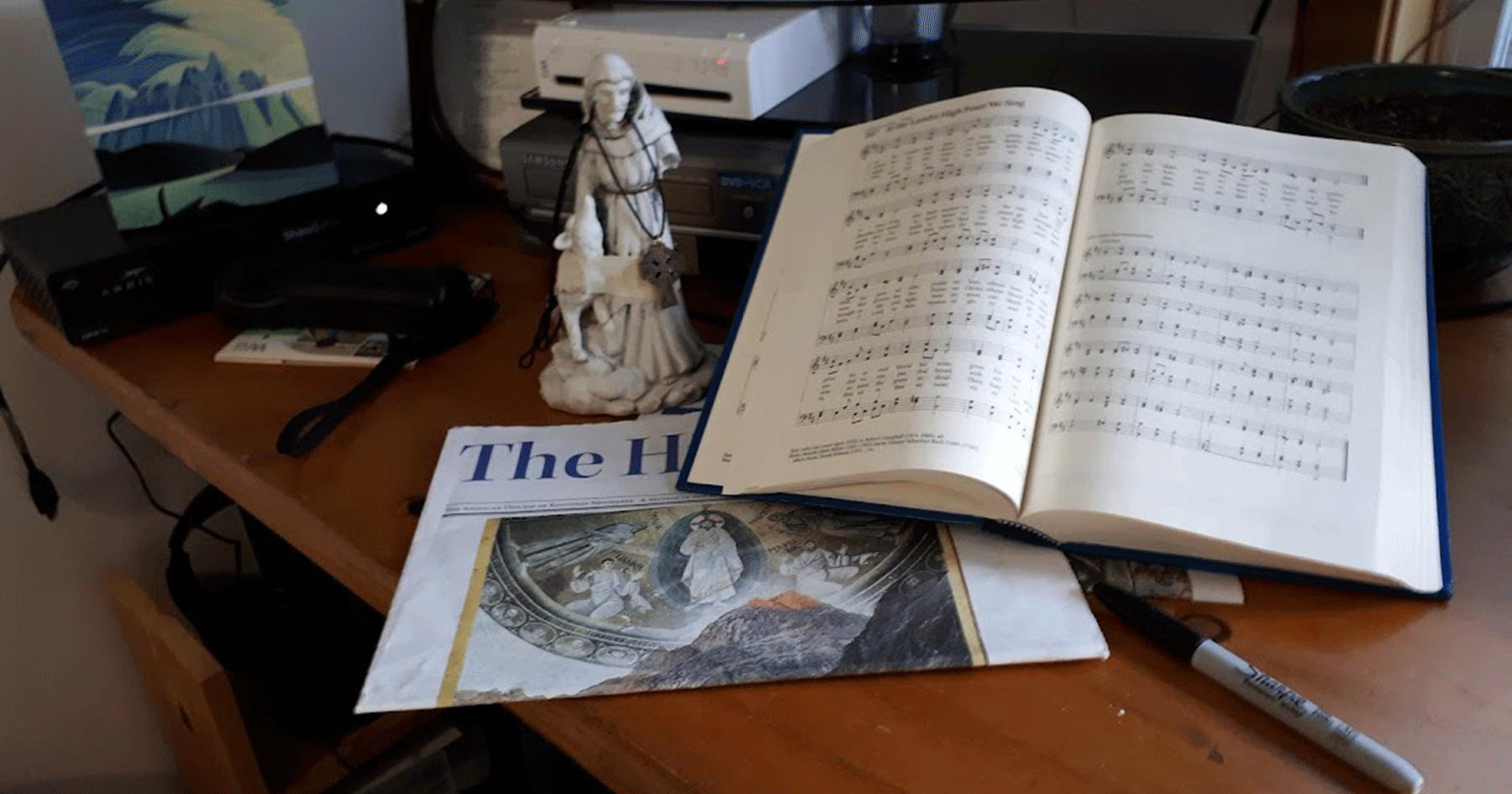Since the last century there has been an explosion in the evolution of hymn singing. On the traditional end of the spectrum we find medieval plainsong melodies, chants, and four-part traditional-style hymns that date back to the 16th century. On the contemporary end of the spectrum we find modern folk, pop-style ballads, and praise songs. When it comes to musical taste within and among various parishes however, lines tend to be drawn between the two; each end of the spectrum has its own perception of what the other is like. (There is a middle area where congregations do have some common ground, but that discussion will have to be reserved for a future article.)
In broad strokes based on comments I have heard, there are those in the traditional camp that equate contemporary worship music with secular pop songs accompanied by amplified instruments, which are viewed by some as having no place in church. Some of the arguments suggest that this style is too “happy-clappy” or over-emotional, is often difficult to sing, or lacks theological substance, focusing only on an individual’s personal salvation and relationship with God. By the same token, the contemporary camp’s arguments regarding traditional hymns is that they are dirge-like, stiff and formal, and they contain poetical texts that are difficult to interpret, archaic, or unrelatable. While both sides make some valid points it is important to examine what influences these perspectives so we can begin to discover ways to increase understanding and to bridge the gap.
Firstly, people like what they know and are reluctant to go out of their comfort zone. This is particularly true when it comes to church music. We develop an emotional connection to certain hymns because they evoke memories of special people, places, or specific events. Musical style and taste also factors into this.
If we look at the musical structure of a traditional hymn it is the melody that drives the hymn forward. Everything is subservient to that. The melody determines which chords are to be used; single words or syllables are sung on almost every chord and rhythms are straightforward. Because of this, congregations know when to come in and when to breathe. Every verse is sung to the same melody, which within itself contains repeated musical phrases. Introductions to hymns make use of these phrases, which grounds the congregation in the key and primes them to sing. In short, traditional hymns are written for congregational singing
In contemporary hymns, the melody is subservient to the underlying pulse or groove, making accompaniments more complex than in traditional hymns. Syncopation, changing rhythms, complex chord progressions, and less predictable melodies make them difficult to learn on the spot. Add to that introductions and interludes, which may or may not contain any recognizable melodic material, thus making it difficult for a congregation to know when to come in or what to sing. In short, contemporary hymns are not always conducive to congregational singing, and in the case of the many pop-style worship songs, they were originally written by or for a specific solo singer.
So how do we bring the two camps together? I think it comes down to how we introduce and how we lead new music. Congregations need to feel included in the process so that they will be more receptive. This can start with a short explanation of the text or some historical/anecdotal information. From there, music leaders must take time to teach new music rather that hope people will catch on. Also, the music leadership must be strong in order to support the congregation. That means your singing group must know the music well. In my experience, congregations that sing a variety of styles develop a respect for each other’s preferences and when we strike a balance between the familiar and the new, the expression of our faith is greatly enriched.




